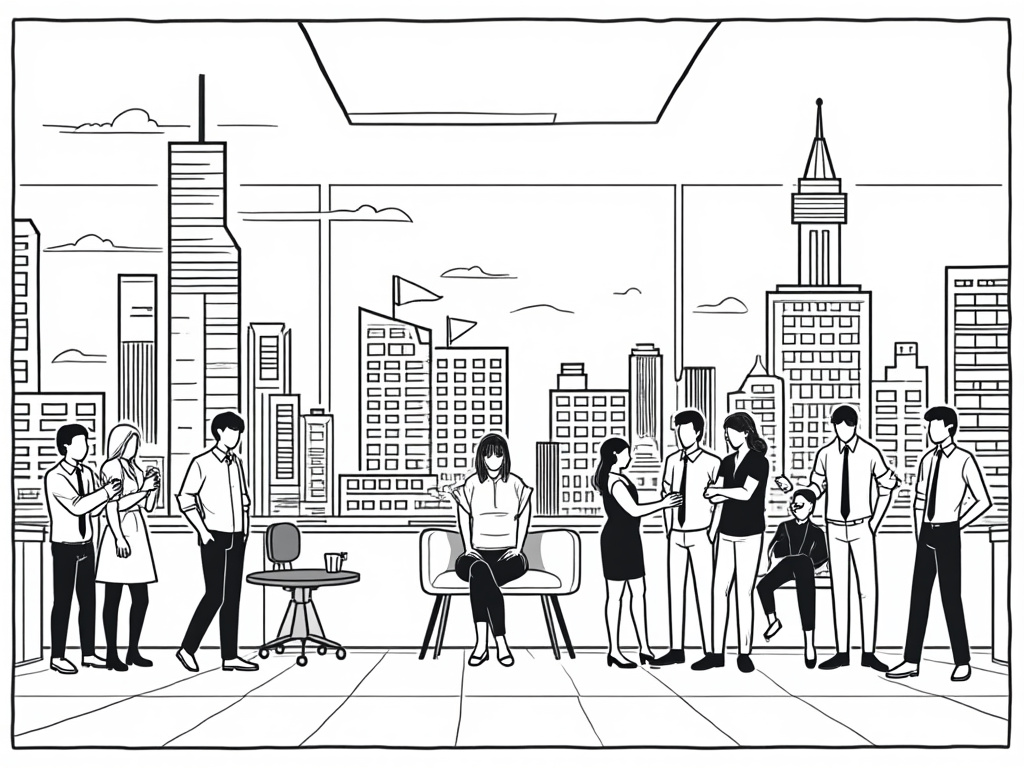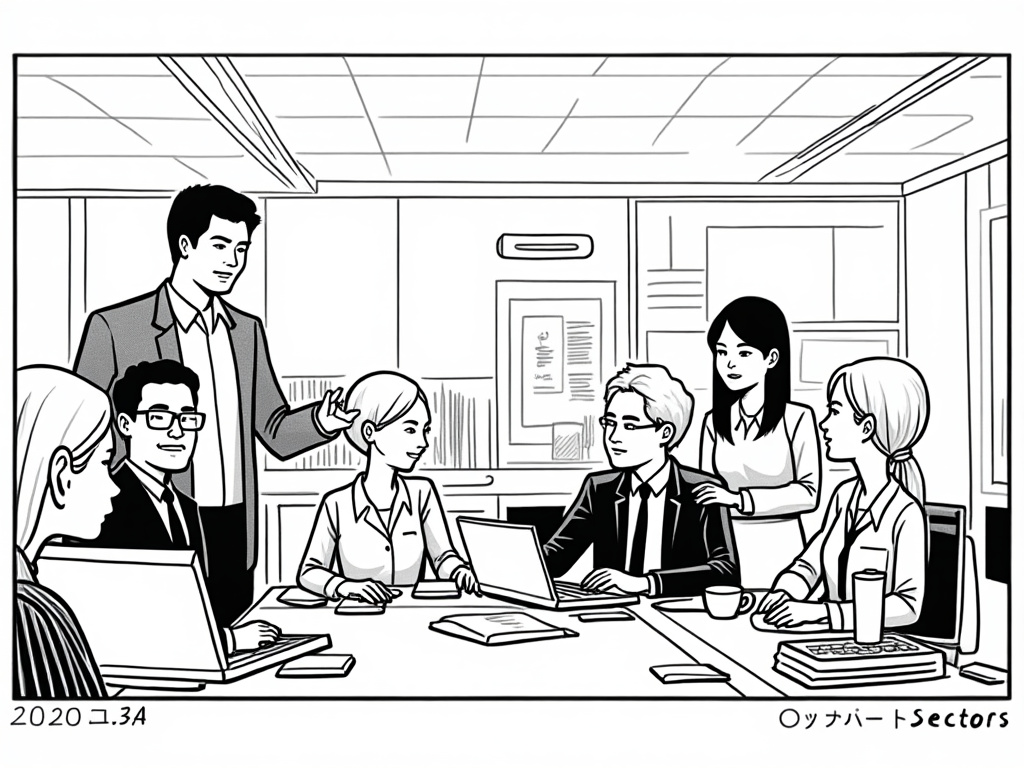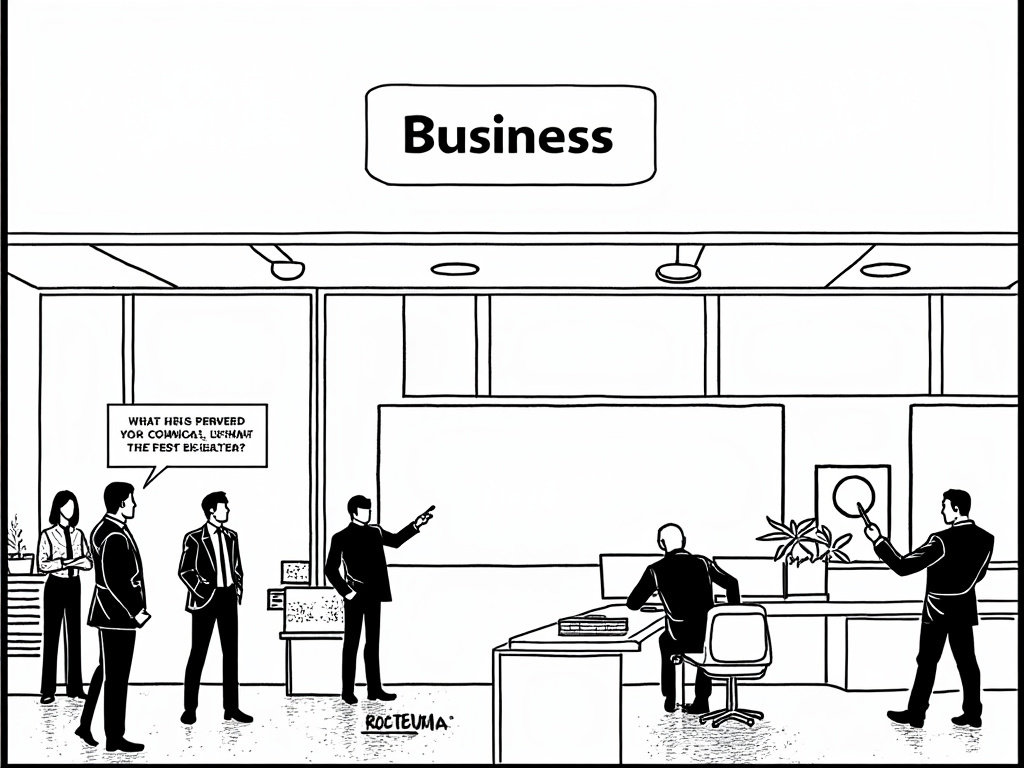
UAE Economy: Powering Through Diversification and Innovation
Reading time: 12 minutes
Table of Contents
The Transformative Journey of UAE’s Economy
Looking to understand one of the most remarkable economic transformations of our era? The United Arab Emirates has evolved from a pearl-diving economy to a global powerhouse in just five decades. This dramatic shift didn’t happen by accident.
The UAE economy—once wholly dependent on oil exports—has reinvented itself through strategic diversification, positioning the nation as a commercial bridge between East and West. But what’s driving this transformation, and what opportunities does it create for investors, entrepreneurs, and professionals?
As Sheikh Mohammed bin Rashid Al Maktoum, Vice President and Prime Minister of the UAE and Ruler of Dubai, once remarked: “We are building a new reality for our people, a new future for our children, and a new model of development.” This philosophy underpins the country’s economic strategy.
Let’s dive into the economic sectors powering this desert miracle and uncover the strategic insights that can help you navigate this dynamic marketplace.
Key Economic Pillars Driving Growth
Oil and Gas: The Traditional Backbone
Despite ambitious diversification efforts, hydrocarbons remain fundamental to the UAE economy. The sector contributes approximately 30% to GDP—down from nearly 90% in the 1970s, yet still substantial. Abu Dhabi holds 94% of the UAE’s oil reserves, estimated at 98 billion barrels (the world’s sixth-largest).
But here’s what makes the UAE’s approach distinctive: rather than merely extracting resources, the leadership has leveraged oil wealth to fund future-focused investments.
ADNOC (Abu Dhabi National Oil Company) exemplifies this forward-thinking approach. In 2020-2021, despite global market turbulence, ADNOC announced a $122 billion capital investment plan and continued its transformation into a more commercially-focused entity. They’ve opened downstream industries to international investors while maintaining upstream control—a balanced strategy that preserves national assets while welcoming global expertise.
Pro Tip: When considering the UAE energy sector, look beyond extraction to value-added opportunities in petrochemicals, specialized services, and energy transition technologies—areas actively supported by government initiatives.
Tourism and Hospitality: Creating Experiences
From the iconic Burj Khalifa to the immersive Museum of the Future, the UAE has mastered the art of creating must-visit destinations. Tourism contributed 11.6% to GDP pre-pandemic, with Dubai alone welcoming 16.7 million international visitors in 2019.
The sector’s resilience was tested during the COVID-19 pandemic, but the UAE’s swift response—combining rigorous safety protocols with innovative attractions—allowed for a remarkable recovery. By late 2021, Dubai’s tourism numbers had rebounded to 85% of pre-pandemic levels, outpacing global recovery rates.
Consider the Expo 2020 Dubai (held in 2021-22 due to the pandemic): attracting over 24 million visits despite global travel restrictions, it showcased the country’s ability to execute mega-events while creating lasting infrastructure. The site is now being repurposed as District 2020, a mixed-use innovation ecosystem.
What’s particularly noteworthy is the shift toward experiential tourism. Beyond luxury shopping and beaches, the UAE now offers cultural immersion (Sharjah Art Foundation, Louvre Abu Dhabi), adventure tourism (Jebel Jais zipline), and sustainable ecotourism experiences (mangrove kayaking in Abu Dhabi).
Financial Services: The Region’s Hub
The UAE has established itself as the Middle East’s financial nerve center, with Dubai International Financial Centre (DIFC) and Abu Dhabi Global Market (ADGM) serving as world-class financial free zones.
These centers offer more than tax advantages—they provide comprehensive ecosystems with independent regulatory frameworks, common law legal systems familiar to international investors, and specialized courts. This regulatory clarity has attracted over 3,200 firms to DIFC alone, including 17 of the world’s top 20 banks.
The financial sector contributes approximately 14% to GDP, but its strategic importance extends beyond direct contribution. As Dr. Sabah al-Binali, Executive Chairman of OBS Financial, notes: “The UAE’s financial infrastructure functions as an enabler for all other economic activities. Its sophisticated banking system, capital markets, and payment solutions create the conditions for broader economic development.”
Beyond traditional finance, the UAE is positioning itself at the forefront of FinTech innovation. Initiatives like DIFC’s FinTech Hive and ADGM’s RegLab provide sandboxed environments for financial innovation, allowing controlled experimentation with reduced regulatory barriers.
Real Estate and Construction: Building Tomorrow
The UAE skyline stands as physical testament to the country’s ambition. Real estate and construction contribute approximately 20% to GDP, with projects ranging from luxury residential developments to commercial complexes and industrial zones.
The sector has evolved from speculative development to more mature, demand-driven growth. Recent regulatory improvements—including longer-term residency visas tied to property ownership, protection for advance payments, and improved transparency—have created a more stable market environment.
Developers now focus on creating integrated communities rather than standalone buildings. Projects like Masdar City in Abu Dhabi pioneer sustainable urban development, while Dubai South creates purpose-built ecosystems around logistics and aviation.
This maturation is reflected in market behavior. During the 2020 pandemic, while many global real estate markets experienced severe disruption, the UAE market adjusted with moderate price corrections rather than collapse—demonstrating enhanced resilience compared to previous cycles.
Economic Diversification Strategy
Vision 2030: Blueprint for Change
The UAE’s economic diversification isn’t happening haphazardly—it follows meticulously crafted strategic plans, with Abu Dhabi’s Economic Vision 2030 and Dubai’s Industrial Strategy 2030 providing comprehensive roadmaps.
These plans share common themes but reflect each emirate’s unique positioning. Abu Dhabi focuses on knowledge-intensive industries like aerospace, healthcare, and semiconductor manufacturing, leveraging its capital resources for long-term investments. Dubai emphasizes its connectivity advantages for trade, tourism, and services.
Speaking with remarkably consistent purpose, H.E. Abdulla bin Touq Al Marri, UAE Minister of Economy, recently emphasized: “Our diversification strategy isn’t merely about reducing oil dependence—it’s about creating sustainable competitive advantages in future-focused sectors where the UAE can become a global pacesetter.”
This approach is supported by tangible commitments. The UAE has allocated over $14 billion to encourage advanced manufacturing adoption, while sovereign wealth funds like Mubadala Investment Company strategically invest in knowledge-economy sectors globally—gaining both financial returns and expertise.
Emerging Sectors and Innovation Hubs
Several sectors are receiving concentrated support as diversification priorities:
- Advanced Manufacturing: The Operation 300Bn strategy aims to raise industrial contribution to GDP from AED 133 billion to AED 300 billion by 2031, focusing on Industry 4.0 technologies.
- Space Economy: The UAE Space Agency and missions like the Hope Mars Probe and lunar rover development have established the country as a serious aerospace contender.
- Health and Life Sciences: Dubai Science Park and other specialized zones are fostering pharmaceutical research and medical technology innovation.
- Agritech: In a water-scarce region, the UAE is pioneering vertical farming, hydroponics, and desert agriculture technologies.
- Green Economy: Masdar’s renewable energy initiatives and the UAE’s commitment to net-zero emissions by 2050 are creating substantial clean technology opportunities.
What makes these efforts particularly effective is the creation of complete innovation ecosystems rather than isolated initiatives. Each priority sector benefits from specialized free zones, regulatory frameworks, funding mechanisms, educational programs, and incubation support.
Economic Transformation Case Studies
Abstract strategies become concrete through specific success stories. Here are two examples that illustrate the UAE’s economic evolution:
Case Study 1: Aerospace Manufacturing in Al Ain
Strata Manufacturing, a wholly-owned subsidiary of Mubadala Investment Company, represents the UAE’s advanced manufacturing ambitions. Located in Al Ain, Strata produces aircraft components for industry giants like Airbus and Boeing.
What makes this case notable is the comprehensive ecosystem approach:
- Educational alignment: Partnerships with local universities created specialized aerospace engineering programs
- Emiratization success: Over 50% of Strata’s workforce is Emirati, with women comprising 86% of local employees
- Technology transfer: Joint ventures with established aerospace firms facilitated knowledge acquisition
- Value chain development: Supporting businesses have emerged around the primary manufacturer
From a standing start in 2009, Strata has delivered over 11,000 shipsets of advanced composite components and secured contracts worth $7.5 billion—demonstrating how targeted investment can create entirely new industrial capabilities.
Case Study 2: Dubai’s Evolution as a Knowledge Economy Hub
Dubai Internet City (DIC), established in 1999, showcases the emirate’s long-term approach to economic diversification. What began as a specialized zone for technology companies has evolved into a comprehensive innovation ecosystem hosting over 1,600 companies and 25,000 knowledge workers.
The success factors include:
- Progressive regulatory environment: 100% foreign ownership, streamlined business setup, and specialized intellectual property protection
- Clustering effects: The concentration of technology firms created natural collaboration opportunities
- Talent pool development: Specialized visa programs and lifestyle attractions help secure global talent
- Expansion into adjacent sectors: DIC spawned complementary zones focused on media, content creation, and design
Companies like Careem (acquired by Uber for $3.1 billion) demonstrate the ecosystem’s ability to nurture regional tech champions, while international giants like Microsoft, Google, and Amazon Web Services use their DIC presence as regional headquarters.
Navigating Economic Challenges
Oil Price Volatility
Despite diversification progress, the UAE economy remains sensitive to oil price fluctuations. When oil prices fell below $30 per barrel in 2020, the impact rippled beyond the energy sector, affecting government revenues, project funding, and market confidence.
The government has responded with structural reforms to reduce this vulnerability, including:
- Introduction of Value Added Tax (VAT) and excise taxes to broaden revenue sources
- Reduction of energy subsidies to reflect true market costs
- Creation of efficiency-focused government restructuring initiatives
- Development of public-private partnership frameworks to share project financing
These measures have improved fiscal resilience, but complete insulation from oil market dynamics remains a long-term goal rather than current reality.
Global Competition
The UAE faces intensifying regional and global competition across its strategic sectors. Saudi Arabia’s Vision 2030 includes initiatives directly competing with UAE strengths in areas like tourism, finance, and logistics. Meanwhile, established global innovation hubs continue to attract talent and investment that might otherwise flow to the Emirates.
To maintain its competitive edge, the UAE has doubled down on its traditional advantages while creating new ones:
- Enhancing its first-mover advantage through continuous infrastructure improvement
- Leveraging its position as a stable, neutral business hub in a sometimes volatile region
- Creating increasingly specialized economic zones with tailored regulatory environments
- Introducing long-term residency options to attract and retain global talent
Talent Acquisition and Retention
Building a knowledge economy requires specialized human capital. While the UAE excels at attracting global expertise, developing local talent pools in advanced fields remains challenging. Additionally, talent retention becomes more difficult as competing global hubs offer similar lifestyle benefits with more established career progression paths.
The UAE has responded with comprehensive talent development strategies:
- Reforming education systems to emphasize STEM skills and entrepreneurial thinking
- Creating targeted scholarship programs for strategic sectors
- Introducing flexible visa categories for investors, entrepreneurs, and specialized professionals
- Developing executive education partnerships with global institutions like INSEAD and London Business School
Investment Landscape and Opportunities
The UAE investment landscape offers diverse entry points for different investor profiles. Here’s a comparative overview of key sectors by investment characteristics:
| Sector | Growth Potential | Entry Barriers | Regulatory Environment | Competition Level |
| Advanced Manufacturing | High | High (capital intensive) | Favorable (incentives available) | Medium |
| Financial Services | Medium-High | Medium (regulatory requirements) | Structured (free zone options) | High |
| Technology/Startups | Very High | Low (scalable models) | Supportive (sandbox options) | Medium-High |
| Real Estate | Medium | High (capital requirements) | Well-established | Very High |
| Healthcare | High | Medium-High (expertise needed) | Evolving (specialized zones) | Medium |
Beyond these sectors, cross-cutting opportunities exist in areas where multiple strategic priorities intersect. For instance, healthcare technology combines the UAE’s focus on both digital transformation and medical services advancement.
Smart investment approach: Rather than viewing the UAE as a single market, recognize that each emirate has distinct economic priorities and advantages. Abu Dhabi offers stronger government-backed initiatives, Dubai provides unmatched connectivity and commercial infrastructure, while northern emirates like Ras Al Khaimah and Fujairah offer competitive cost advantages for industrial operations.
UAE Economic Sector Contribution to GDP
30%
20%
14%
11.6%
24.4%
Charting Your Course in the UAE’s Economic Future
The UAE’s economic journey offers valuable strategic insights beyond mere market statistics. As the nation evolves, those who understand the underlying principles driving this transformation gain distinctive advantages.
Here’s your actionable roadmap for engaging with the UAE’s economic future:
- Align with national priorities – Projects that advance goals articulated in Vision 2030 plans receive preferential treatment. Review official economic development documents to identify specific sectors receiving concentrated support.
- Embrace technology integration – Across all sectors, digital transformation represents a consistent UAE priority. Even traditional industries must incorporate technology enablement to remain competitive.
- Position within global networks – The UAE values ventures that strengthen its position as a global connector. Businesses that facilitate international commerce, knowledge transfer, or cultural exchange receive structural advantages.
- Consider sustainability impact – With climate initiatives receiving increased focus, enterprises with genuine sustainability credentials gain both regulatory advantages and market differentiation.
- Develop talent pathways – Organizations that contribute to Emirati professional development through knowledge transfer, training programs, and leadership opportunities receive tangible and intangible benefits.
Remember that timing matters in a rapidly evolving economy. Today’s emerging sector becomes tomorrow’s established industry—with corresponding increases in competition and regulatory formalization. Early market entry balanced with thorough preparation remains the optimal approach.
As you consider your own engagement with the UAE economy, perhaps the most important question isn’t just what opportunity to pursue, but how your venture contributes to the nation’s broader economic narrative. How will your business help write the next chapter in this remarkable transformation story?
Frequently Asked Questions
How dependent is the UAE economy on oil revenues in 2023?
While oil and gas still contribute approximately 30% to the UAE’s GDP (down from nearly 90% in the 1970s), the non-oil economy now drives the majority of growth. Government revenues show higher oil dependence (roughly 60% from hydrocarbon sources), though fiscal reforms are gradually reducing this figure. The level of oil dependence varies significantly between emirates, with Dubai’s economy being less than 1% directly dependent on oil, while Abu Dhabi maintains higher reliance at approximately 50% of its GDP.
What advantages does the UAE offer over other business hubs in the region?
The UAE distinguishes itself through several structural advantages: world-class logistics infrastructure (including eight international airports and over 12 commercial ports), specialized free zones offering 100% foreign ownership and tax benefits, a stable political environment with policy predictability, advanced digital government services, and a strategic location connecting major global markets. Additionally, the UAE offers superior quality of life metrics that help attract and retain global talent, with Dubai and Abu Dhabi consistently ranking as the most livable cities in the Middle East according to global indices.
How accessible is the UAE market for small and medium enterprises?
The UAE has significantly improved SME accessibility in recent years through several key initiatives. The establishment of simplified business setup processes in free zones has reduced initial capital requirements and paperwork. Funding access has improved through dedicated SME banking products, venture capital availability, and government-backed guarantee programs like the Mohammed Bin Rashid Innovation Fund. Regulatory improvements include bankruptcy protection laws, reduced license costs, and the elimination of mandatory physical office requirements for certain business categories. However, challenges remain in banking relationship establishment, with KYC requirements and minimum balance requirements still presenting hurdles for smaller enterprises.

Article reviewed by Priya Sharma, Commodities Trader | Working with Dubai’s Gold & Diamond Markets, on May 15, 2025




